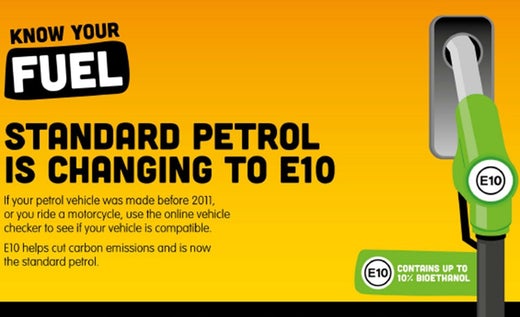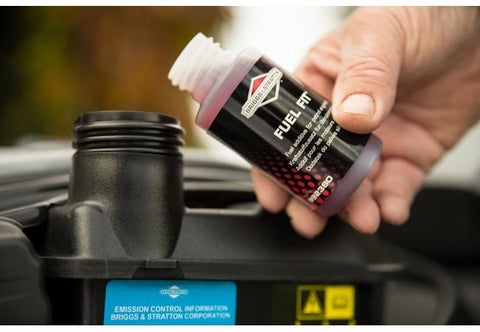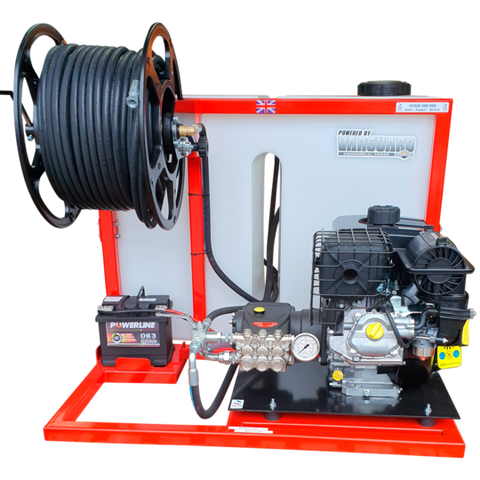What is E10 Fuel and how will it affect my HCM Jetting Unit?

As many of you are already aware, standard petrol in UK stations is now in the transition phase of switching to the new E10 fuel.
You've probably seen the signs when filling up, or heard the adverts on the radio, if you have a petrol vehicle made prior to 2011, or ride a motorcycle, there's a good chance this fuel will not be compatible.
So, the question is, should you be worried about the affect it may have on your jetting unit?
First lets learn a little more about E10, What it does and what's the difference to the fuel we use today?

What is E10?
It comes as no surprise that the reasons behind the switchover is to reduce emissions, to create a greener future.
The current Petrol being used in the UK is E5 (Standard Octane), this basically contains 5% renewable ethanol, The introduction of the E10 Petrol will contain 10% Renewable ethanol/ Bio ethanol, doubling the amount or renewable ethanol used per litre of petrol.
This change will reduce the carbon dioxide (CO2) emissions by adding 10% of the fuel with a renewable ethanol, meaning less fossil fuels will be needed in the total process.
Can I still get the old petrol?
Yes, you can still use the 97+ octane fuel from the larger chain petrol stations, The E5 fuel however is what you would normally recognise this as the more expensive fuel currently available at the pumps.
How does the change impact my HCM jetting unit?
The good news is that our full VG Range of jetting units are E10 Petrol compatible, although new to us in the UK, E10 is currently in use in Europe, Australia and the USA.
However it is strongly advised that you do not store the fuel for more than 30 Days, unless using one of our certified fuel stabilizer products we have available.
What does the stabilizer do?
Todays’ ethanol-blend fuels can damage engines by attracting moisture. Ethanol readily bonds with atmospheric moisture creating an ethanol-water mix, which is highly corrosive for engine parts. Fuel also begins to degrade almost as soon as you pump it. Gums and varnishes are formed that can stick valves and clog fuel lines and carburettor jets, resulting in severe starting problems, poor engine performance, overheating and fuel leakage.
Corrosion Inhibitors: Guards metal engine components from rust and corrosion.
Cleaning Detergent: Cleans the fuel system while the engine runs.
3 Year Protection
Prevents against stale fuel. Stabilizes fuel up to 3 years.

Performance of E10
You can expect around a minor 1% efficiency loss by using E10, however when our units were fully tested with the new E10 fuel, we noticed minimal to no difference. There are a lot of other factors which improve / reduce efficiency in a jetting unit, therefore the 1% difference gets quickly saturated and can go unnoticed.
Overall view of the new E10 Petrol...
Initially, like many others, we were a little concerned with the change over, and the effects it would have on our jetting units, however, after doing some extensive research, speaking to engine manufacturers, testing and trialling out the new stuff. Anti Climax.. its absolutely fine!
It smells, looks and feels like the old fuel but our engines are happy, just don't store for more than 30 days without a stabilizer, which we advised in the old fuel anyhow.

